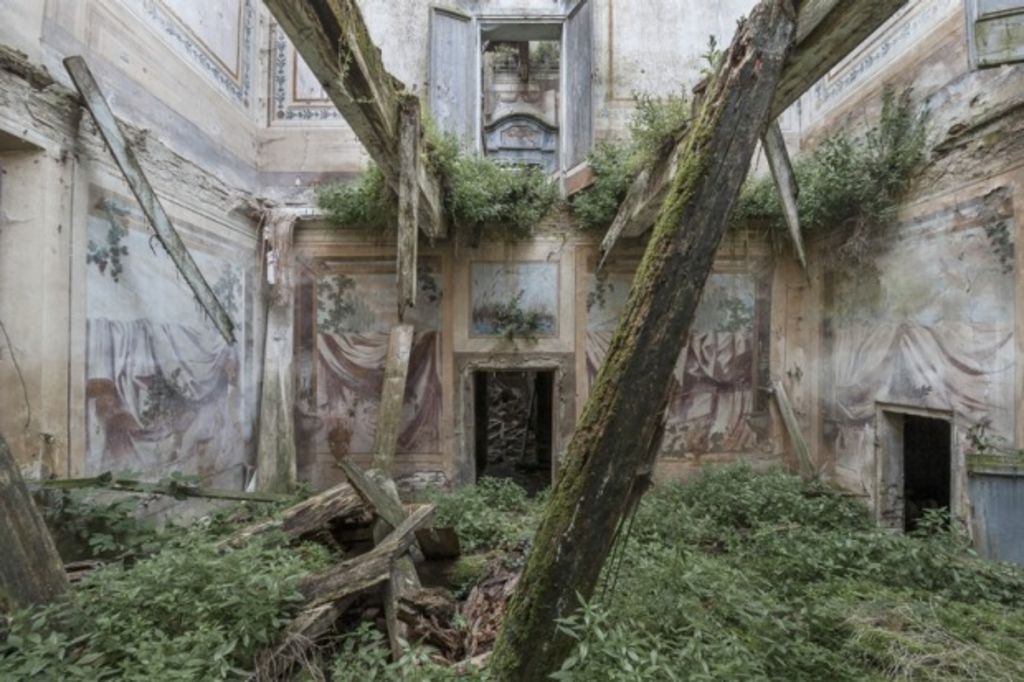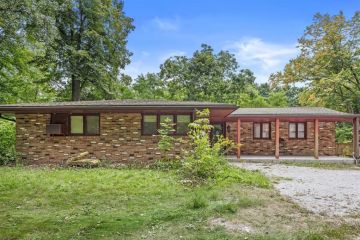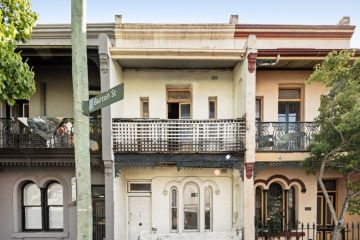The abandoned mansions sitting empty in Europe

Europe may be known for its stunning historical landmarks and luxurious mutil-million dollar mansions but hidden among the sea of buildings are abandoned architectural gems that have long been forgotten.
While these grand European villas and palaces left empty for decades may have become a shadow of their former splendour, their crumbled walls and rooms reclaimed by nature have transformed them into buildings that are equally eerie yet enchanting.
Croatian photographer Mirna Pavlovic has spent more than a year exploring abandoned buildings found across urban and rural areas of Europe, trekking over fences and and past “no trespassing” signs to capture the once-glorious properties.
“One of my favourite places is a villa in Italy that’s completely overgrown and derelict. In fact, it is so overgrown that the explorers have nicknamed it Cambodia (after Siem Reap’s famous Ta Prohm temple). Indeed, it is a bit like stepping into a jungle temple, only in rural Italy, with its twisting roots, crumbling stones and faded frescos.”
While many would consider the decay of such magnificent buildings a true shame, Pavlovic believes that time and nature have transformed them into incredible architectural wonders that are neither man-made or natural.
“The aesthetics shift, and we as viewers are equally as confused – should we be repulsed to see how a beautiful building has gone to disrepair or should we be fascinated by the way the paint peels and the roots grow through the walls? It’s a fascinating, and very difficult thing for the mind to resolve.”
While sleepless nights of research have led Pavlovic to abandoned buildings in Portugal, Belgium, France, Bulgaria, Romania and Croatia, many of the photos for her Dulcis Domus were shot in Italy which, as she point outs, occupied a precarious geographic and political position during World War II.
“In terms of abandoned villas of wealthy families, most of them are concentrated in Italy, due to its precarious political position in the war. Most of these homes were abandoned, appropriated by the regime and then reappropriated by the surviving members of the families after the conflict ended, only to once again be abandoned when the world entered post-war economic fluctuations.
“A staggering number of them now stand abandoned and overgrown … I wanted to preserve the memory of the places as well as the families who once lived there, by documenting and retelling their hidden histories.”
While many of these places can be hard to discover or reach, Pavlovic said entry is quite easy, with the doors and windows often left open in the magnificent buildings that people unknowingly pass every day.
She noted that shining a light on abandoned places was not merely a quest to document a society slowly losing its grandeur and will to prosper and preserve, but about reclaiming places deemed inaccessible or forbidden.
“As modern society puts more and more restrictions on public spaces, the desire to explore emerges out of the urge to break through those limits. Abandoned places represent an attempt to escape the strict structure of life, its predictability and limits. In exploring such places, a sense of freedom becomes overwhelming, and everything acquires a new quality to it – the sounds are louder, the scents are stronger, a sense of self-awareness is overwhelming.”
She noted that while some of the buildings were too far gone to be restored, others still stood a fighting chance.
“There were some buildings I’ve been to which are extremely unique in terms of architecture, and those are valuable material for restoration. I think turning the buildings into museums is a dead end. I would love to see them merged with something functional, like becoming working or educational spaces.”
You can see more of Pavlovic’s work on her Instagram and Facebook.
We recommend
We thought you might like
States
Capital Cities
Capital Cities - Rentals
Popular Areas
Allhomes
More







